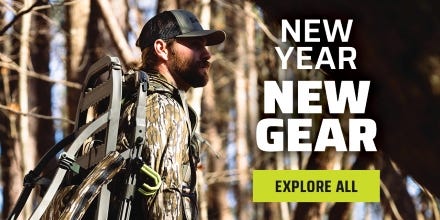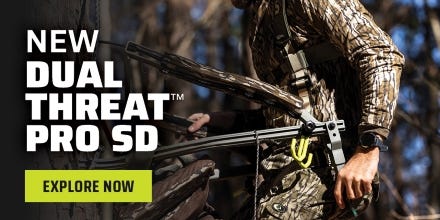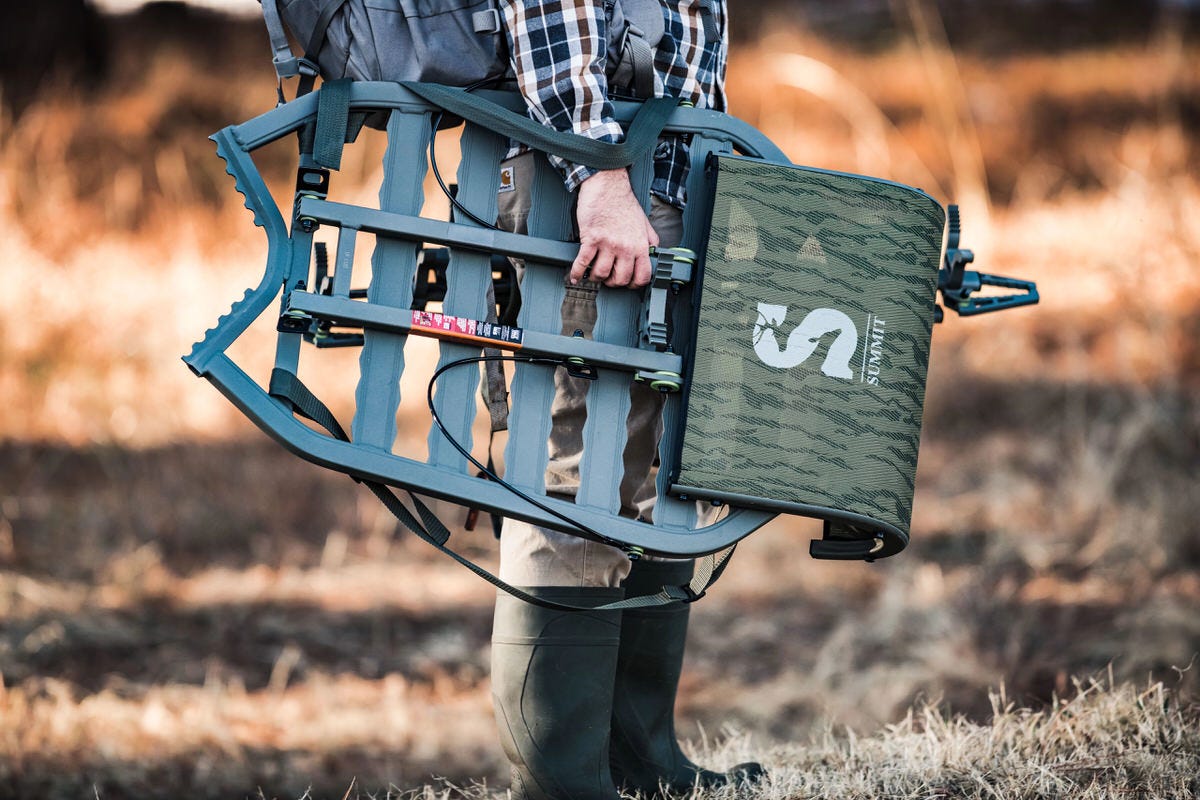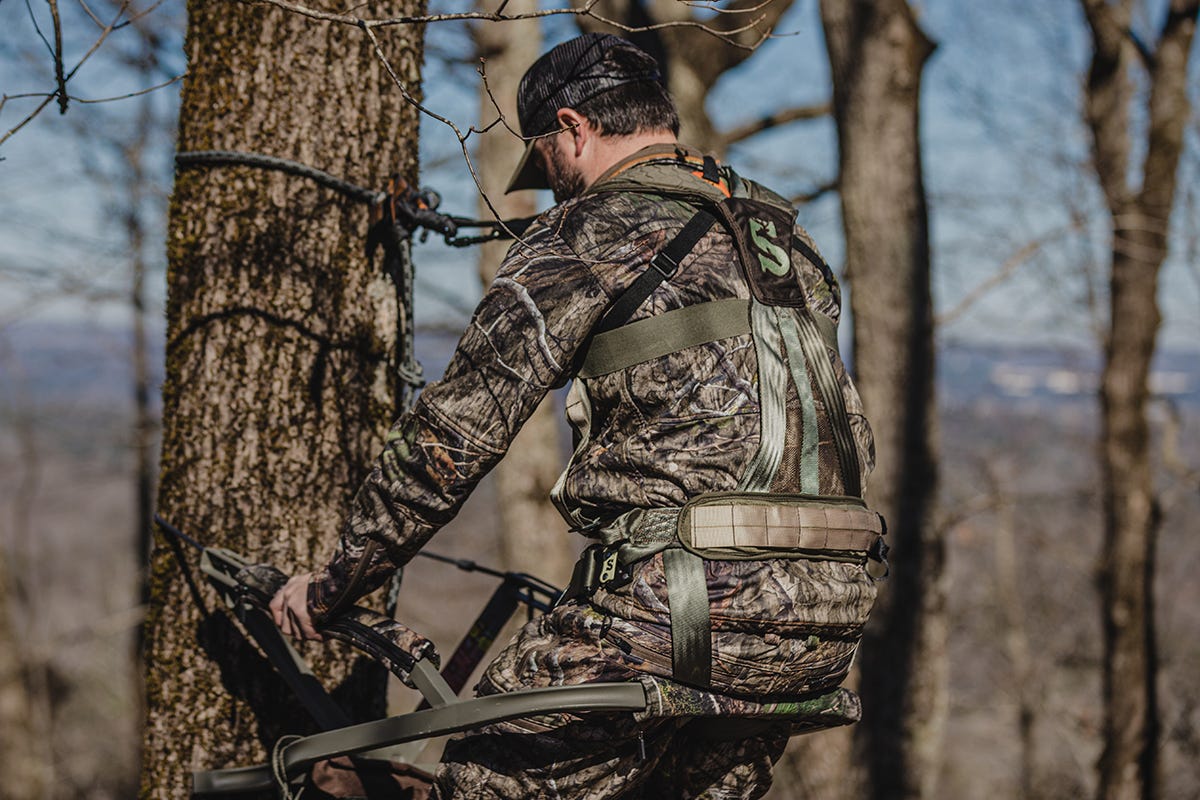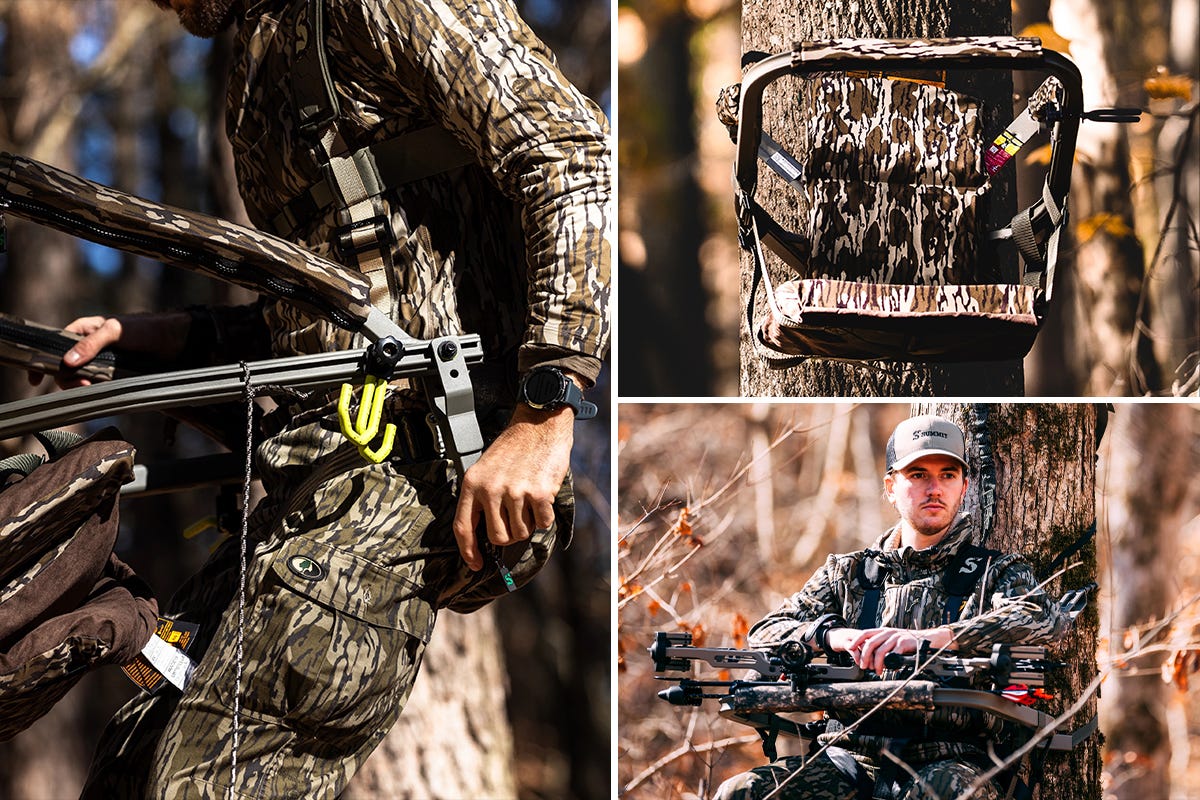- Sep 11, 2018
TOP 10 TREESTAND SAFETY TIPS
 Today’s treestands are lighter, stronger, more stable, more comfortable, and safer than they’ve ever been. But there is one thing that will never change about treestands: They’re meant to be used some distance above the ground, so no matter how sturdy or well engineered a stand may be, the possibility for a fall remains.
Today’s treestands are lighter, stronger, more stable, more comfortable, and safer than they’ve ever been. But there is one thing that will never change about treestands: They’re meant to be used some distance above the ground, so no matter how sturdy or well engineered a stand may be, the possibility for a fall remains.
September is Treestand Safety Awareness Month, and while you should never need a special reason to be aware of your safety while using a treestand, I’d like to take this opportunity to cover 10 important tenets of treestand safety.
1. INSPECT BEFORE USE |
|
The first step to safety comes in the form of prevention. Before hanging a stand, stepping onto a climbing stick, or beginning your ascent with a climber, check your equipment thoroughly. Inspect all bolts, welds, cables, and connectors. A few minutes spent making sure everything is in good shape is quick, cheap insurance. |
2. FROM THE GROUND UPAccording to the Treestand Manufacturers Association, the vast majority of falls happen during stand entry or exit or while ascending or descending. Every time you leave the ground, you should employ a safety line. It takes just a couple of minutes to install one at your stand location (which you should do while using a lineman’s belt or wearing a safety harness), and using one adds almost no time to your ascent or descent. 3. THREE ON THE TREEWhen my son first started hunting from elevated stands, he heard these four words often. No, I’m not talking about an old-school stick shift. This was how I reminded him to maintain at least three points of contact with the climbing stick, ladder, or treestand at all times. Two hands and one foot, or two feet and one hand—three points of contact, always. 4. LIGHT THE WAYBad things happen in the dark. Perhaps that’s a bit Stephen King-ish, but the point is simple: When you can’t see, it’s easy to make a small mistake that could lead to a big fall. There is no reason not to use a headlamp when ascending or descending your tree in the dark. I’ve seen too many deer completely ignore my artificial light source to think it makes any difference—and certainly not enough difference to risk a fall. 5. STEP ON, STRAP INThis is another mantra that was often repeated to my son when he first started hunting from stands. After stepping onto the stand platform, the first thing you should do is attach your safety harness tether—and this is done BEFORE disconnecting from the safety line. Once your tether and harness strap are securely fastened, then you can disconnect from the safety line.
6. PULL IT UPAll gear should be left on the ground when climbing up or down the tree. Pull-up ropes are inexpensive and simple to use. I attach one to every stand that I hang, and I always carry a spare in my pack. It should go without saying that you should never climb with your gun or bow in your hand, but I also use a rope to hoist my pack. I feel I’m able to climb and maneuver more safely and effectively without it on my back. 7. KEEP IT TOGETHERWhen using a climbing stand, never climb up or down without making certain that both sections are securely tied together. All Summit climbers include strapping for that purpose, but I go one step further and tie a length of brightly colored rope to each section. It not only serves as a backup, it’s also a highly visual reminder that safety always comes first. 8. HANG SMARTRemember the “Three on the Tree” rule? Well, there is one time when that can be very hard to follow—when hanging a stand. That’s where a lineman’s rope comes into play. Lineman’s ropes are essential gear for anyone who works from an elevated position (loggers, utility workers, etc.). The lineman’s belt attaches right to your safety harness and allows you to use both hands while staying safely and securely connected to the tree. Don’t hang a stand without one. 9. STAY AWAKESometimes we don’t get as much sleep as we should during deer season. If you feel drowsy while on stand, get out of the tree. Climb down (using your safety line, of course), have a seat at the base of your tree, and grab a quick nap. I typically set the alarm on my phone for 15 minutes. That quick power nap can make a big difference. Not only will you be safer in the stand, you’ll be more alert to pick up on deer movement and sounds. 10. HAVE A PLANIn the event that you do fall, know what you’ll do to get yourself back to safety—and make your plan well before you even climb the tree. Your harness will keep you from falling too far, and all Summit Pro Harnesses come with a built-in tension relief belt. It is found in the right, lower-back portion of the harness and can quickly be pulled out, adjusted in length, and tied to the left hip buckle of the harness so that you can stand on the belt and relieve the trauma tension in your legs. If you have a Summit Phone Pouch attached to the MOLLE system of your Pro Harness, your cell phone will be highly accessible for you to make the call that you have fallen and need assistance.
About the Author: Tony Hansen manages for and hunts mature whitetails in his home state of Michigan, where sweating the details is the only way to succeed. When not hunting his own properties, he can be found pursuing deer on public land throughout the whitetail’s range. Tony’s writings have appeared in Outdoor Life, Traditional Bowhunter, North American Whitetail, and Bowhunter. Check out more PRADCO Outdoor Brands including a full line of Moultrie Cellular Trail Cameras and CodeBlue Scents. |

